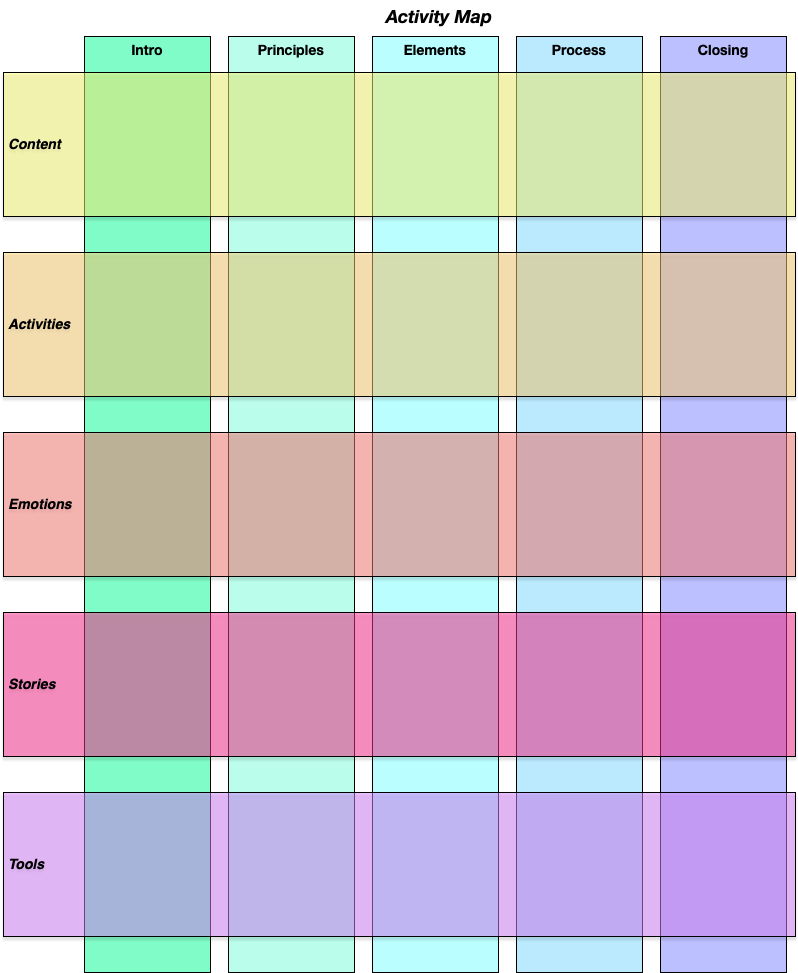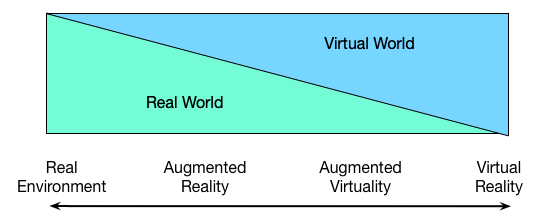As frequently happens, I get asked for my predictions. And, of course, I have reservations. Here’s a video that provides the qualifications, and five trends for 2021 that I’d expect, or like, to see.
And the script:
Hi, I‘m Clark Quinn, of Quinnovation (a boutique learning experience design strategy consultancy). I was recently asked about what trends I thought would be seen next year.
Two relevant quotes to set the stage. For one, Alan Kay famously said “the best way to predict the future is to invent it.†So I tend to talk about trends we should see. The other is “never predict anything, particularly the future.†I heard an expert talk about having looked at predictions and outcomes, and the noticeable trend is that it went as expected, with one unforeseen twist. So, expecting I‘ll get it wrong, here are some trends I‘m either expecting or keen to see:
The first trend I‘m seeing and think will continue is an emphasis on learning science. And that‘s all to the good! Admittedly, I‘m part of this, what with running a course on learning science and having a forthcoming book on the topic. But I‘m seeing more and more people talking about it, and not all hype and even mostly right! There are more books, the Learning Guild‘s regular research reports are good, the launch of an event past summer and an associated new society focused on evidence-based learning (the Learning Development Accelerator) are all signs of growing momentum.
Second, when there‘s a lot of hype about something, it tends to be followed by a backlash. This may be farther out than 2021, but with all the buzz about AI, I think we might see some more awareness of limitations. Yes, it can do some very useful things, but it also isn‘t a panacea. We‘re seeing a growing awareness of the problems with bias in data sets, the limitations of ungrounded knowledge, and concerns about the human costs.
Three. On a related note, then, I expect more emphasis on the importance of meaningful practice. This comes from learning science, but also the focus on engagement. Thus, the push for Short Sims, and better written multiple choice questions, and in general a focus on ‘do‘, not know. Hopefully, we‘ll see tool vendors aligning their content and assessment capabilities towards designing scenarios and contextualized practice, along with specific feedback for each wrong answer and support for reflection.
Fourth, I hope for a push towards content systems as well. This, too, may not be in the short term, but ultimately we have to realize that hardwiring experiences may make sense for formal systems, but not for adaptive learning.LXPs are a good move here, even if misnamed (really, they‘re smart portals, not learning experience platforms). Ultimately, we‘ll be better off if we can deliver content by description and rules, like recommendation system, rather than by having to handcraft content to create a ‘one-size fits all‘ solution.
Finally, I think that our collaboration tools haven‘t lived up to the promise of technology. They‘re very much oriented towards particular modes, instead of supporting really rich interaction. This, too, is more long term, but we really should be able to talk together while working to create representations that capture our evolving thinking. Easily and elegantly! There‘s real opportunity here to engage multiple representations in an elegant suite.
So there you have it, a wishful list of five trends for 2021. So what do you expect, or hope, to see?



